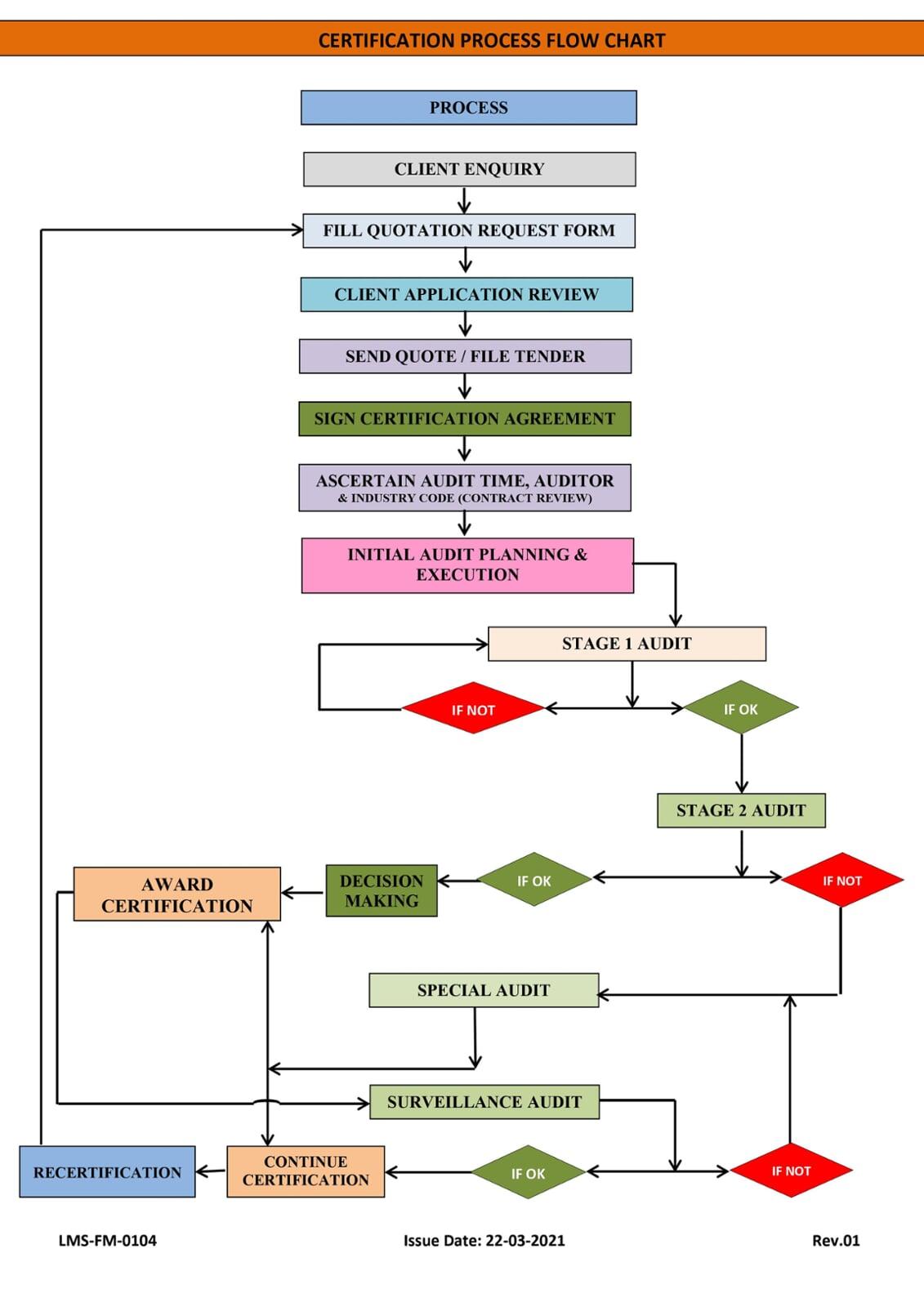HACCP - Hazard Analysis and Critical Control Points
Hazard Analysis and Critical Control Points(HACCP) is a management system used in the food industry and this chapter describes basic HACCP principles along with a few details from the more recent Hazard Analysis and Risk-Based Preventive Controls system variation. The US Food and Drug administration created four food-specific websites describing important details for diary, juice, retail/food service, and seafood HACCP programs. These programs and efforts to teach how to control food risks will be discussed, including alleged violations of HACCP regulations, which are illustrated in food-related Warning Letters and publications citing needs for improved HACCP execution. Topics include information on hazards associated with juice and seafood, pest control, and drug residues in dairy products
Benefits Of HACCP
- Although the main goal of HACCP is food protection, there are other benefits acquired through HACCP implementation, such as:
- Increase customer and consumer confidence
- Provides market protection
- reduce costs through reduction of product losses and rework
- reduce risks of recalls and product withdrawals thus reducing costs associated with insurance and business liability protection
- increase focus and ownership of food safety
- simplify inspections primarily because of record keeping and documentation
- Provide consistent quality product
- Demonstrates conformance to the product requirements and regulations
